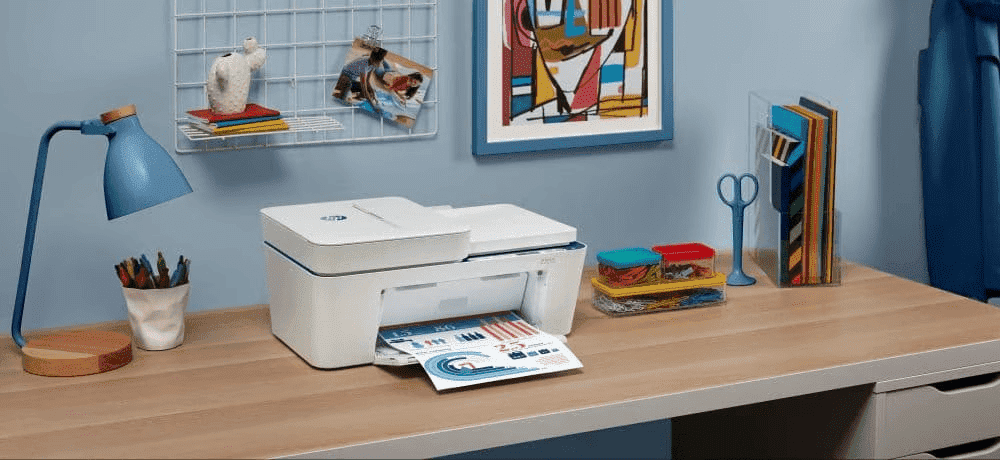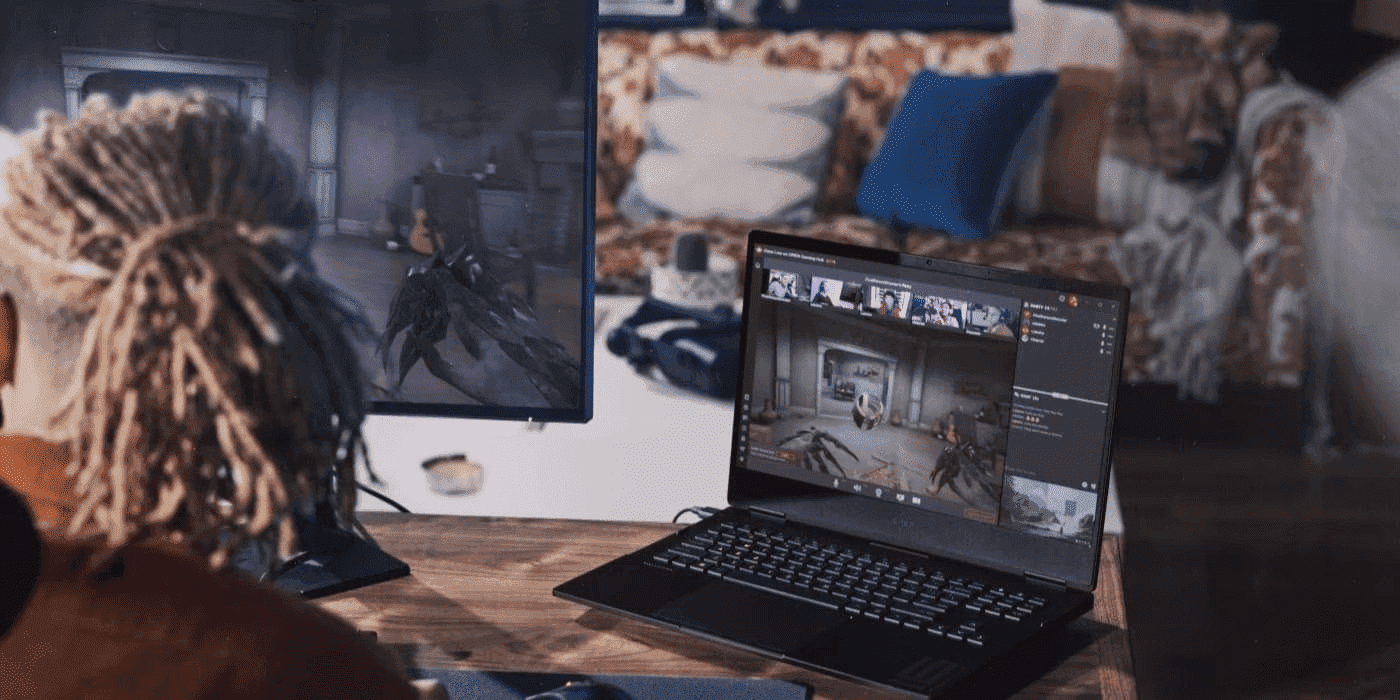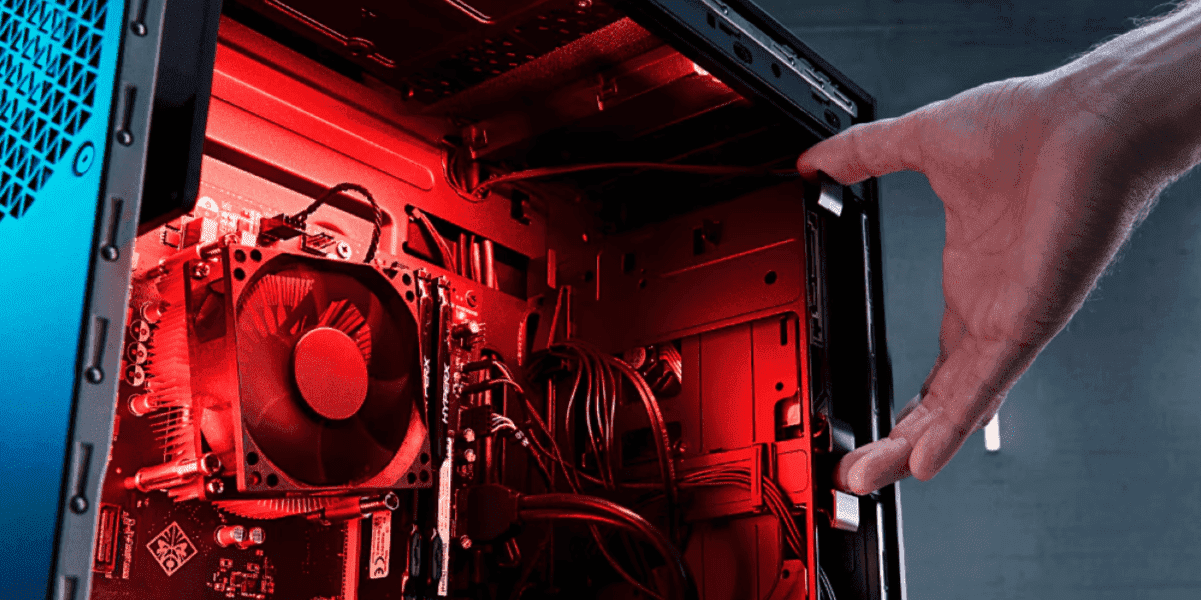Thank you for visiting the NEW ZEALAND HP Store
-
Contact Us
CONTACT USCall us
- Sales
- 0800 854 848
- Technical support
- +64 9884 8600
Mon-Fri 9.00am - 6.00pm
(exc. Public Holidays)
Chat with us- Our specialist are here to help
- Live chat
Mon-Fri 9.00am - 6.00pm
(exc. Public Holidays)
Submit feedback We value your opinion! - My Account
Why Is My Sound Not Working? 5 Troubleshooting Tips for PCs


Whether you’re trying to listen to a new album or hear your coworkers during a conference call, there are few issues more frustrating than when your PC’s audio stops working. The good thing about a problem like this is that there are a number of ways to find a solution. You don’t have to be left in silence for too long. In this guide, we explore the different answers to the question: “Why is my sound not working?”
How do I fix “no sound” on my computer?
When it comes to fixing the sound on your computer, there are many possible reasons why this may have happened. While it’s possible that you have extensive hardware or software issues, you shouldn't immediately jump to that conclusion without performing more straightforward troubleshooting. It could just as easily be a quick and simple remedy.
With that in mind, we’ve identified 5 ways to fix your audio issues on a Windows 10 PC. And the best part? They don’t require any in-depth tech expertise.
1. CHECK YOUR VOLUME SETTINGS
This one may seem obvious, but if you're already upset about your computer's sound not working, then you could overlook this crucial troubleshooting tip. Fortunately, it's really easy to check your volume settings on Windows 10 with the following steps:
-
Right-click on the sound icon located on the bottom-right corner of your screen
-
Once you open the window, click Open Sound Settings
-
In the Sound Settings window, click Sound Control Panel
-
Within the Sound Control Panel, open the Playback tab
-
Right click on the default sound device, which is indicated by a green checkmark
-
Select test to perform an audio test
-
If the sound is working, you'll see a green bar moving on the right side and hear chimes
-
If the sound is not working, right click on the default audio device again, this time selecting Properties
-
Within the properties window, select the Levels tab
-
In the levels tab, slide the levels tab upwards and make sure that the speaker icon is unmuted
2. RESTART OR CHANGE YOUR AUDIO DEVICE
Without question, the most common advice for fixing a tech issue is to perform a “hard reset.” Every IT call starts with the phrase, “Have you tried turning it off and on again?” Although this advice has been memed to death, it remains valid and useful.
The reason there is no sound on your computer could be that it needs a simple restart.
-
Try restarting your PC
-
If this doesn't solve the problem, you may need to change your audio device
-
To do so, go back into the Sound Control Panel, then to the Playback tab
-
Select another audio device from the dropdown menu
-
Hit the Set Default button
Keep trying different audio devices and see which one provides your computer with sound. It may be that Windows 10 is directing audio to the wrong output device.
This can happen if, for example, you plug a USB-enabled audio device into your PC, such as a gaming headset. Your PC may then recognize this as the default device, so you'll have to change that setting to restore sound to your PC.
It’s not that your computer speakers aren’t working, it’s just that they weren’t recognized as your preferred output.
3. INSTALL OR UPDATE AUDIO OR SPEAKER DRIVERS
Updating or installing drivers on your PC can seem like a hassle, but it’s really not. And one of the most common reasons that your computer sound may not be working is because of outdated or missing drivers.
To check the status of your audio or speaker drivers, you must first see if you can automate this process. You can use the Windows Update Utility feature to do this directly in Windows 10.
To find the Windows Update Utility feature:
-
Go to the Start menu and click on Settings
-
Within the settings window, click on Windows Update & Security
-
After you do this, your audio or speaker drivers should automatically update or install
If this doesn't work, you may need to directly search for outdated or missing drivers in the Device Manager:
-
Start by typing “Device Manager” into the taskbar
-
Right-click on the listings for your sound card or audio device, such as headphones or speakers
-
Select the option to automatically search for updated drivers
-
If these drivers need to be updated or you need to reinstall the driver, Windows 10 will do it automatically
4. DISABLE AUDIO ENHANCEMENTS
While audio enhancements can make your computer's sound seem perfect, they can sometimes trip up your computer's audio. Third-party speaker manufacturers often use these enhancements, and they often focus more on the quality than compatibility.
To disable this feature:
-
Visit the Playback tab within the Sound Control panel
-
Right-click on your audio device and go into the Properties window
-
Go to the Enhancement tab and deselect the option for audio enhancements
5. UPDATE THE BIOS
While this is not the most common reason why your volume isn’t working, a hardware incompatibility or a software update could be the root of computer audio issues. To rectify this, you need to update your PC’s BIOS, which you can do through these steps:
-
Restart your computer and run the BIOS/UEFI setup menu
-
When doing so, specifically look at the audio settings
-
In BIOS, tab over to the Advanced menu and make sure that the sound card is enabled
-
If the prior step doesn't work, update your BIOS and see if this fixes your sound problems
What if my sound still isn’t working?
While this is not an exhaustive list of every possible reason why your computer has no sound, these troubleshooting tips cover many of the more common issues associated with faulty PC audio.
Before jumping to conclusions about broken hardware or faulty software, make sure to try all of these troubleshooting options and follow all of the steps carefully. If none of these options work, consider getting in touch with a professional or your PC’s manufacturer.
Fortunately, if you own an HP desktop PC or laptop or you plan to purchase one, you can use the HP repair center to schedule a repair with a certified HP service agent. With our help, we can determine if your computer's audio needs to be repaired by the service center, or if this is something you can fix yourself from the comfort of your home.
- Sales
- 0800 854 848
- Technical support
- +64 9884 8600
Mon-Fri 9.00am - 6.00pm
(exc. Public Holidays)
- Our specialist are here to help
- Live chat
Mon-Fri 9.00am - 6.00pm
(exc. Public Holidays)








